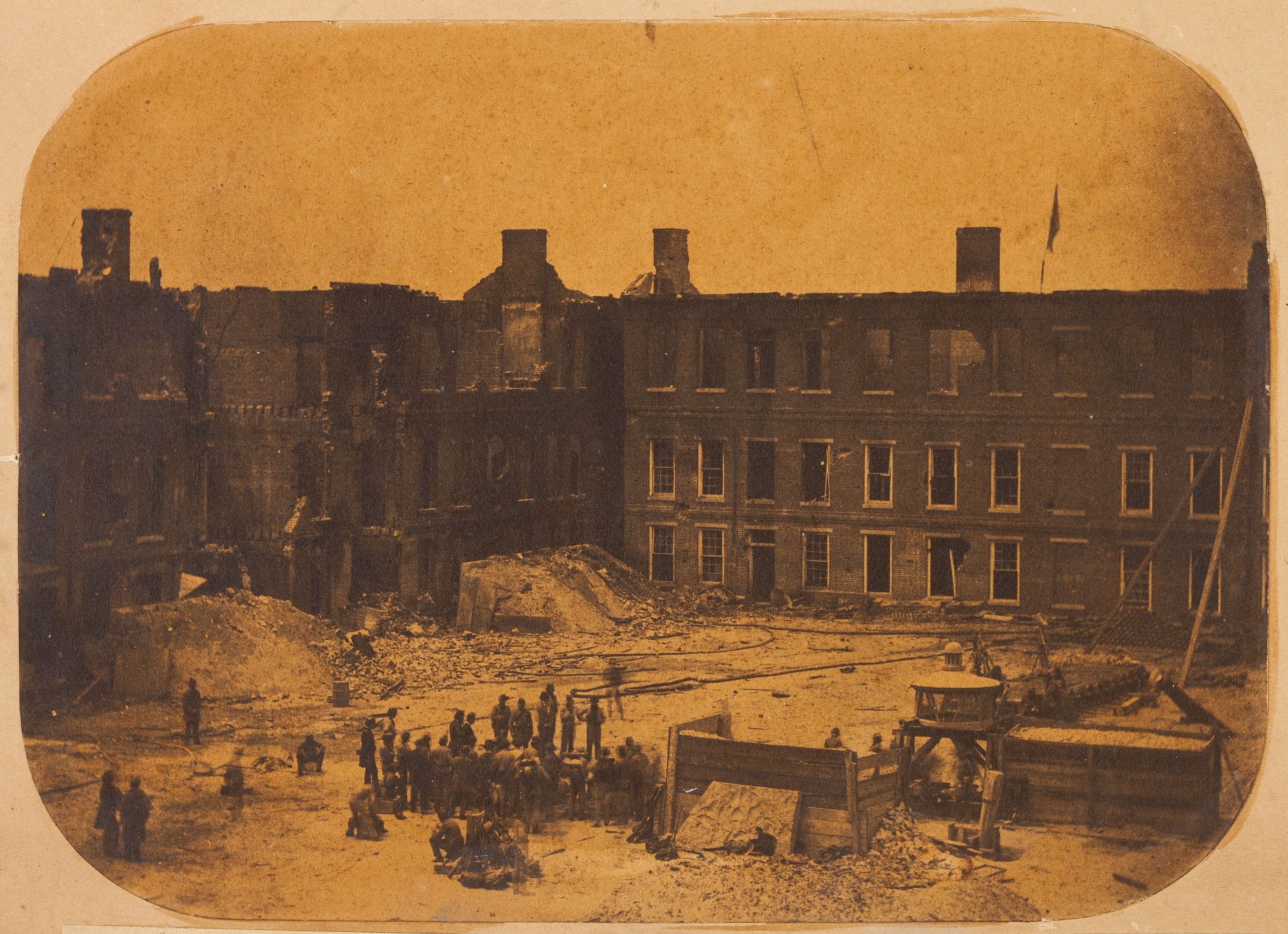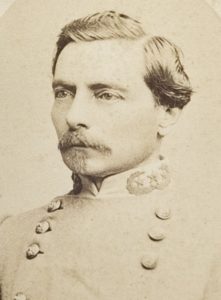
By Jim O’Neal
Fort Sumter, S.C. – site of the first battle of the Civil War – was located on an artificial island inside the entrance to Charleston Harbor. A pentagon with block walls 300 feet long, 40 feet high and up to 12 feet thick was still under construction in late 1860.
On Dec. 26, U.S. Army Major Robert Anderson moved his troops from Fort Moultrie, at the edge of the harbor entrance, to Fort Sumter to reduce their exposure to an attack. Just days earlier, South Carolina had declared their state an independent republic and they resented the “foreign” U.S. flag. They considered Anderson’s transfer of troops an act of aggression.
They considered it another hostile act when the lame-duck James Buchanan administration sent an unarmed merchant ship with reinforcements in January 1861. As the ship approached Charleston Harbor, shore batteries opened fire and forced it to turn back.
Apparently, few recognized how eager (perhaps more than just eager) the people of South Carolina were to start an all-out war against what they considered the oppression of the North. Some even prayed for it to start.
On Feb. 15, 1861, the Confederate Provisional Congress in Montgomery secretly resolved that “immediate steps should be taken to obtain possession of both Fort Sumter and Fort Pickens … either by negotiation or force.” Confederate President Jefferson Davis then dispatched three commissioners to Washington to try diplomatic negotiations. However, he also ordered P.G.T. Beauregard (full name Pierre Gustave Toutant Beauregard) to take command of the harbor and start formal preparations for the use of force.

General Beauregard (one of only eight full generals in the Confederacy … ever) proceeded to extend and enlarge the batteries, targeting the fort. His preparations nearly complete, he advised President Davis on March 27 that expulsion of the Union troops “ought now to be decided in a few days.” Davis replied that Anderson should not be allowed to buy provisions in Charleston.
Want to start a war? Surround a fort with canons … cut off any reinforcements … and restrict its provisions. Then get a match and prepare to light the fuse.
On April 10, Beauregard was ordered to demand an evacuation of Fort Sumter, and if refused, to “reduce it.”
On April 12, 1861, 50 Confederate guns and mortars launched more than 4,000 rounds on an ill-equipped Fort Sumter. They surrendered after 34 hours. Two days later, President Lincoln called for 75,000 volunteers to quell the “insurrection.” The president was not willing to start a war over the slavery issue, but the taking of federal property was leading to disunion, something the president was not going to allow, even if it meant all-out war.
The U.S. flag would not be raised over Fort Sumter again until April 14, 1865, exactly four years after the surrender. Who would have guessed? Obviously, few if any of the people who were so jubilant when the war started and so utterly demoralized when it ended.
 Intelligent Collector blogger JIM O’NEAL is an avid collector and history buff. He is president and CEO of Frito-Lay International [retired] and earlier served as chairman and CEO of PepsiCo Restaurants International [KFC Pizza Hut and Taco Bell].
Intelligent Collector blogger JIM O’NEAL is an avid collector and history buff. He is president and CEO of Frito-Lay International [retired] and earlier served as chairman and CEO of PepsiCo Restaurants International [KFC Pizza Hut and Taco Bell].
